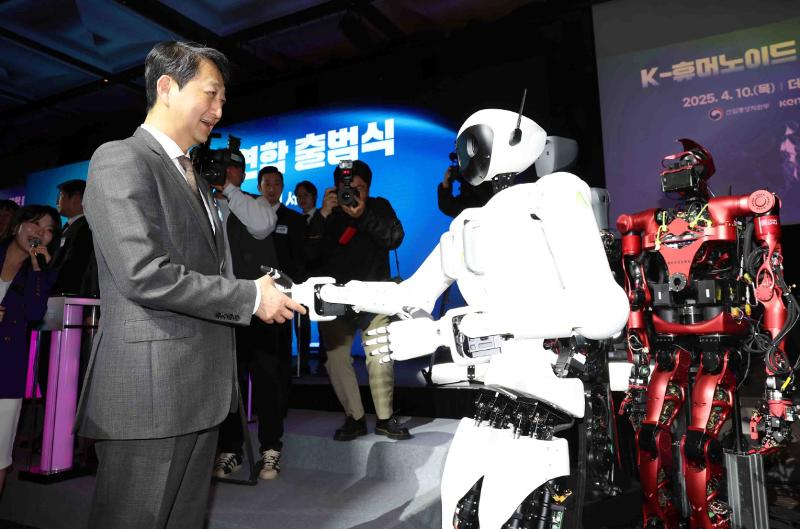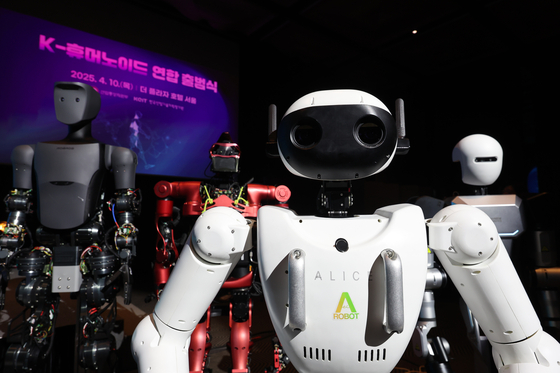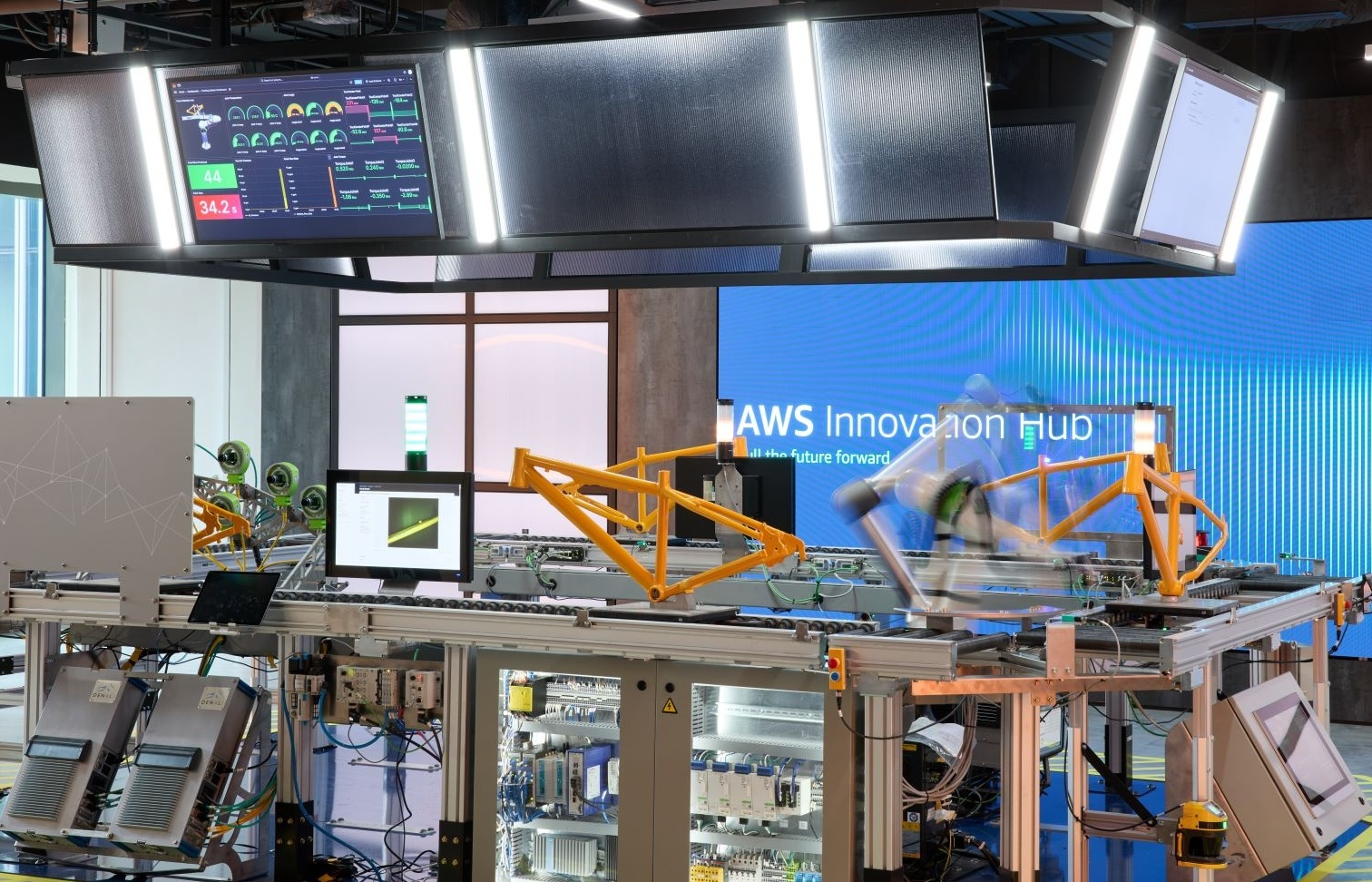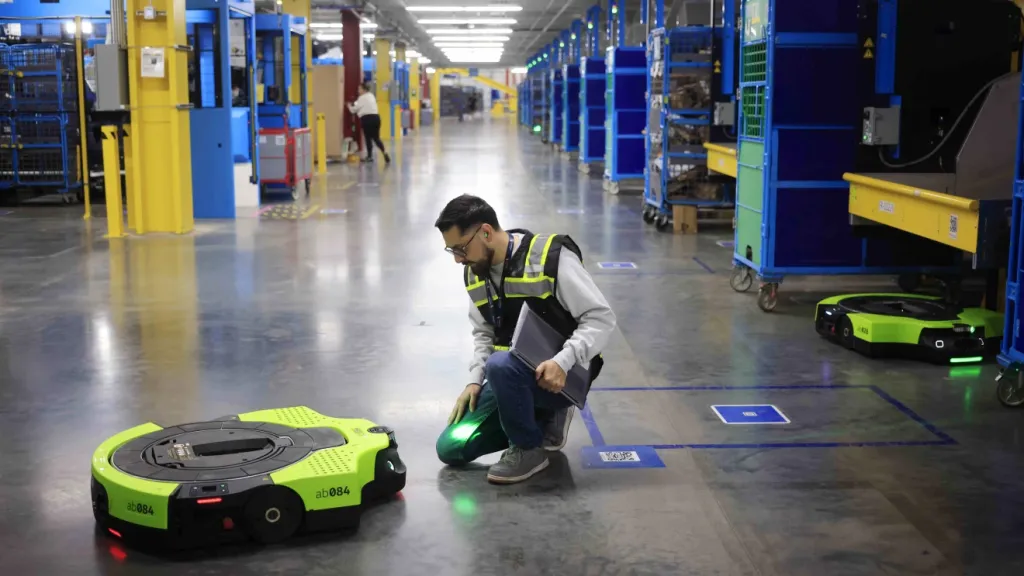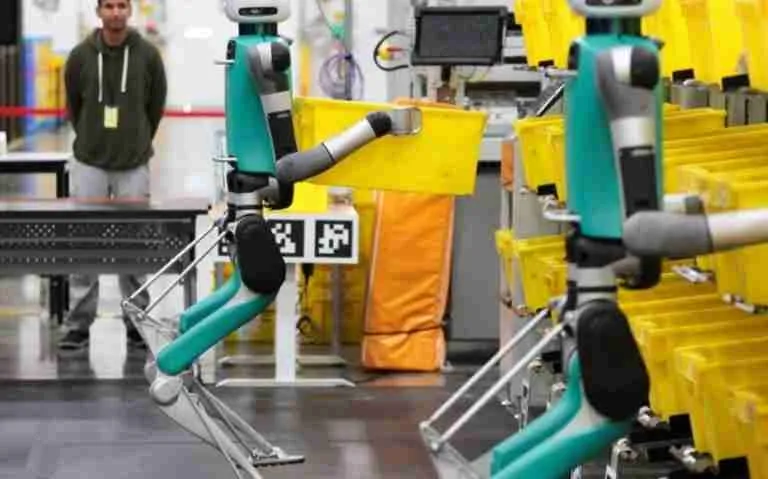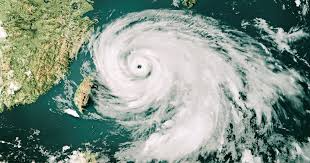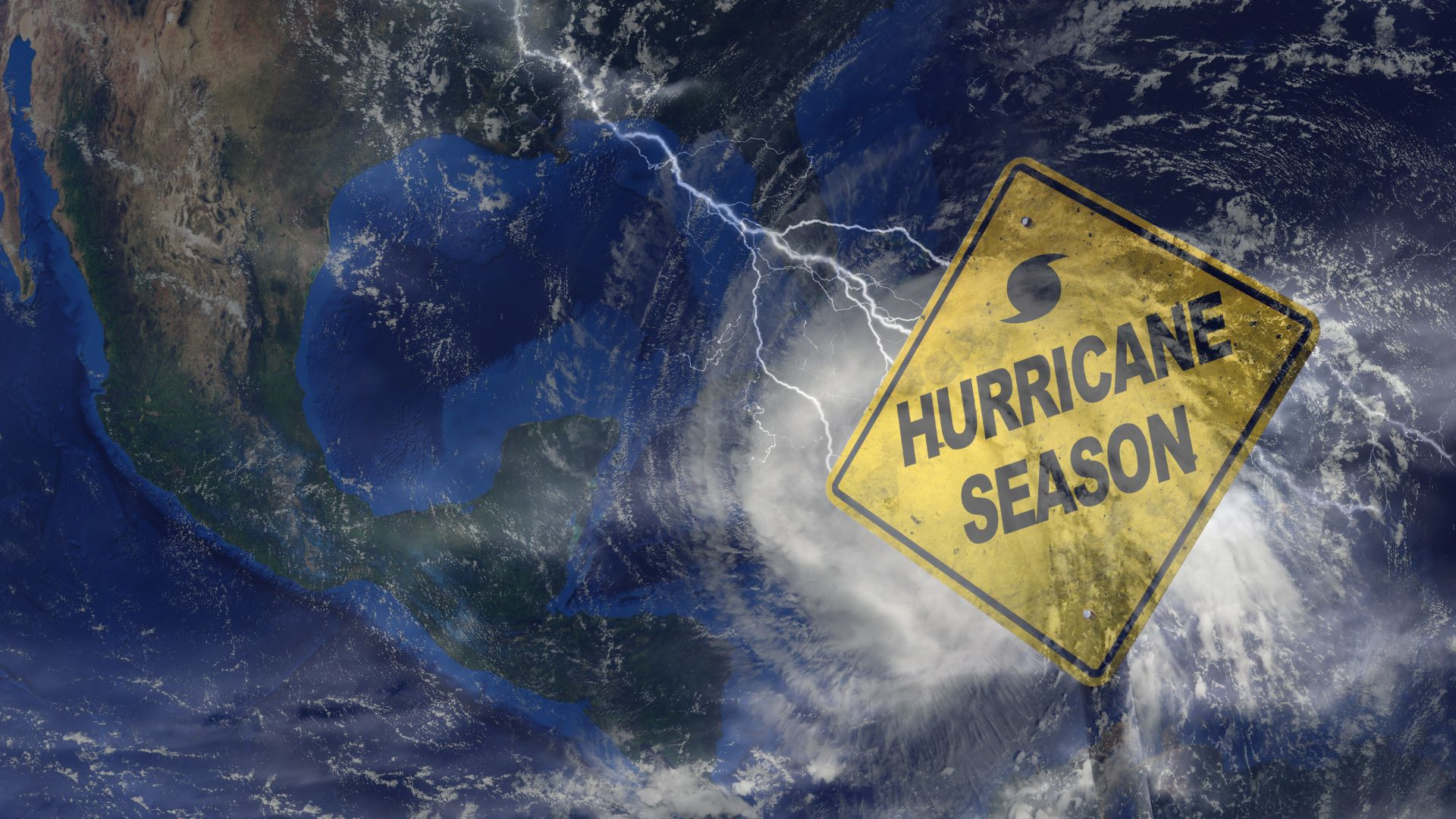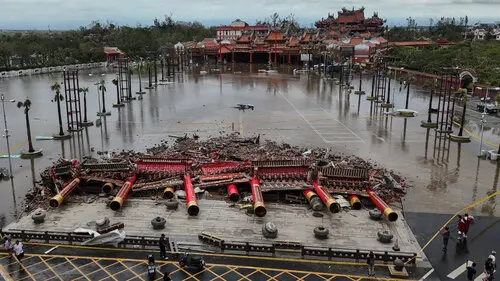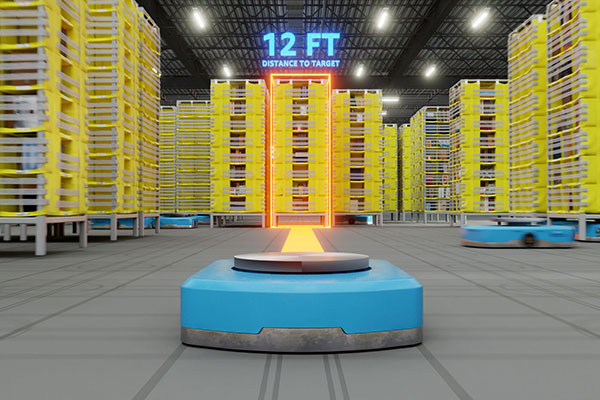
Amazonas AI Robot Fleet Reaches Major Milestone, Transforming Jungle Logistics
In a historic technological achievement, Brazil has announced a groundbreaking milestone in the deployment of its AI powered logistics robot fleet in the Amazon rainforest. The initiative, known as "Projeto Arapaima," named after one of the Amazon’s most iconic fish species, was launched by a coalition of public research institutions and private tech firms to revolutionize sustainable supply chains in one of the world’s most complex terrains. In early July 2025, the fleet surpassed one million kilometers of autonomous delivery operations, marking a key turning point for both robotics and environmental stewardship in the region.
The fleet, consisting of over 300 semi autonomous, all terrain delivery robots, has been operating in remote riverine villages and forest research posts across the Brazilian Amazon for nearly three years. These AI driven units equipped with LiDAR, satellite navigation, machine learning algorithms, and climate resilient design have drastically improved delivery times for medical supplies, food, educational materials, and solar equipment in areas previously considered inaccessible by land or river. Many communities that once waited weeks for basic resources now receive them within hours. The milestone reflects both the technological maturity of the system and the increasing role of AI in addressing logistical challenges in fragile ecosystems.
Unlike urban robot delivery services focused on e commerce convenience, Amazonas AI robots are primarily designed for humanitarian, scientific, and sustainability missions. Developed in partnership with Brazil’s National Institute for Space Research (INPE), the project was initially focused on supplying equipment to rainforest monitoring stations. But as local governments saw the impact on speed, efficiency, and safety particularly during seasonal floods the robots were redeployed to support indigenous communities and conservation teams deep in the jungle. The initiative has now grown into the largest rural AI logistics operation in the Southern Hemisphere.
What sets this robotic fleet apart is not just its endurance or intelligence, but its environmental consciousness. Each robot is solar powered and built from biodegradable materials where possible, minimizing its footprint in the sensitive rainforest habitat. They follow pre programmed, dynamically adapting routes designed to avoid wildlife corridors and fragile ecosystems. AI models are trained to recognize environmental hazards like fallen trees, mudslides, and wildlife movement, making split second adjustments without human intervention. Additionally, the project integrates real time environmental data gathering the robots collect soil moisture, temperature, and air quality data as they move feeding information into Brazil’s broader rainforest monitoring programs.
The AI systems powering the fleet were developed with a blend of Brazilian engineering and open source contributions from international research partners. The key to their success has been adaptive neural learning, which allows the robots to continuously improve route decisions based on terrain conditions, seasonal changes, and user feedback. Many of the lessons learned from this fleet have been adopted by similar efforts in the Congo Basin and Southeast Asia. Brazil’s model is being heralded as a blueprint for how AI can be used for socially responsible, ecologically aligned innovation in developing regions not just for profits, but for people and the planet.
Importantly, the milestone coincides with Brazil’s renewed international leadership on climate and technology policy. At the 2025 UN Climate Summit in Nairobi, Brazil’s Environment Minister Maria da Silva highlighted the robot fleet as a “fusion of innovation and conservation,” emphasizing how technology can bridge the gap between infrastructure development and environmental protection. International NGOs have praised the project for empowering indigenous leaders, many of whom are now trained to operate, maintain, and co design AI applications for their communities. Through educational partnerships, local schools are integrating robotics and AI literacy into their curricula turning remote villages into unexpected hubs of tech education.
Looking ahead, the Brazilian government and its private partners plan to expand the fleet’s capacity and scope. Future updates may include drones for vertical delivery in flood prone areas, amphibious robots for deeper river navigation, and AI modules capable of multi language translation to better interface with diverse indigenous languages. The goal is not just to refine technology, but to decentralize access to it. With increasing pressure from climate change and deforestation, Brazil’s AI fleet may soon become a critical line of defense in both preserving the Amazon and uplifting its people.
Conclusion
The Amazonas AI robot fleet has proven that innovation doesn't need to come at the cost of nature it can be a force for inclusion, resilience, and hope. In surpassing one million kilometers of autonomous operation in one of Earth’s harshest terrains, Brazil has shown what’s possible when cutting edge AI is placed in the service of sustainability. As the world watches the Amazon for signs of ecological collapse or renewal, Brazil's robotic fleet moves silently and steadily, not just delivering medicine or data, but demonstrating that the future of technology can, and must, walk hand in hand with the future of the planet.
Related Post
Popular News
Subscribe To Our Newsletter
No spam, notifications only about new products, updates.

